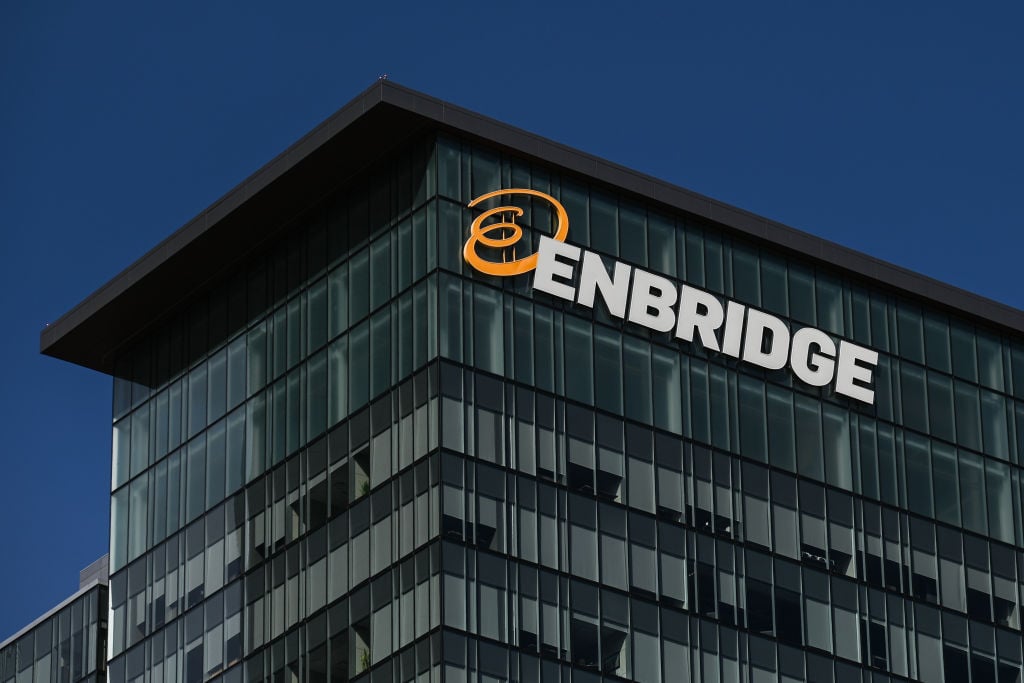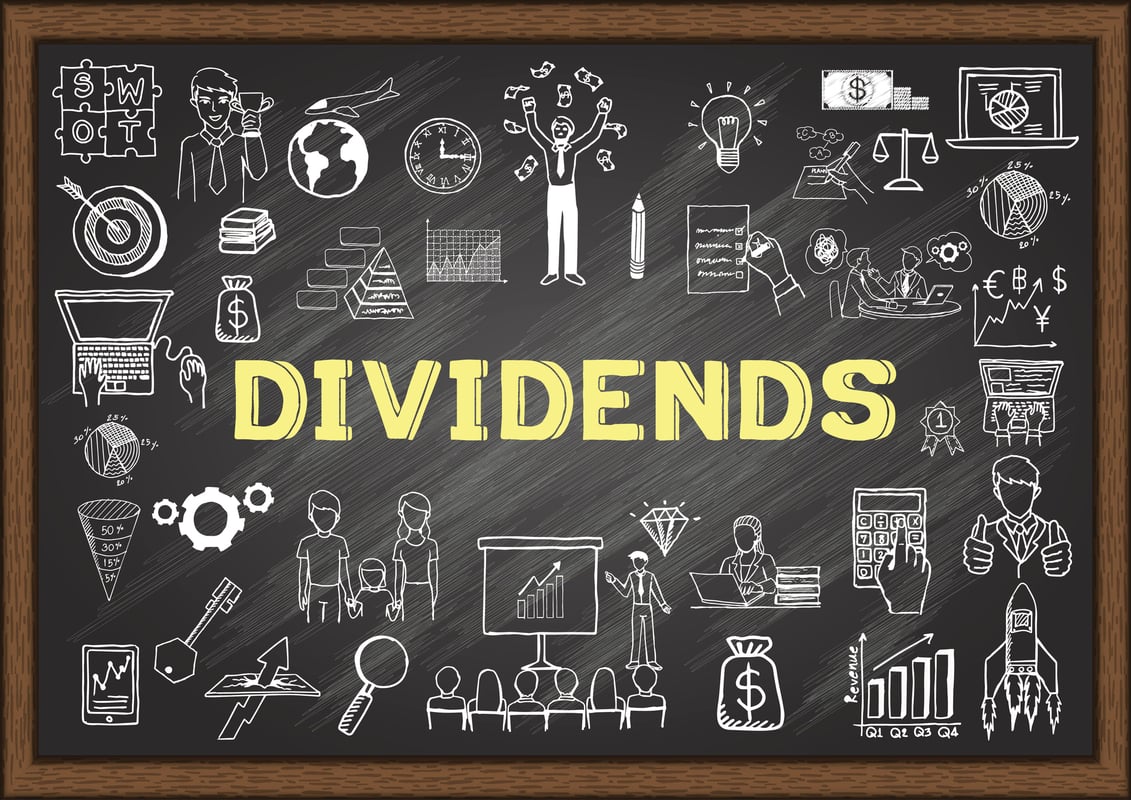The world economy still needs carbon fuels, which is why the demand for these vital energy sources is expected to increase through at least 2030, if not longer. At the same time, the world is trying to reduce the amount of carbon that it releases into the environment.
Canadian midstream giant Enbridge (ENB +0.26%) is trying to manage these competing demands, balancing the needs of today with the needs of tomorrow, while also rewarding investors with a hefty 6.6% dividend yield. So far, the company appears to be succeeding.
A changing business
Less than a decade ago, Enbridge's business was heavily reliant on oil pipelines, which accounted for around 75% of its earnings before interest, taxes, depreciation, and amortization (EBITDA). The rest of the business was a mix of natural gas assets (21% of EBITDA) and renewable power (5%). This portfolio basically meant that Enbridge was heavily tied to one of the dirtiest carbon fuel options around and one that has come under increasing scrutiny from those with an ESG focus.

Image source: Getty Images.
In 2017, Enbridge bought Spectra Energy, materially altering its business mix. After the acquisition, oil dropped to just 49% of EBITDA, with natural gas increasing to 47% and renewables rounding things out to 100%. Natural gas burns more cleanly than oil and is expected to aid in the transition to clean energy. Enbridge's natural gas operations, meanwhile, are twofold. It owns natural gas pipelines and a natural gas utility, which actually means there's a bit more diversification than the overall number suggests.
To be fair, the EBITDA mix moves around, and today, the breakdown is closer to 57% oil pipelines, 27% natural gas pipelines, 13% natural gas distribution (the utility operation), and 3% renewable power. However, the big takeaway is that Enbridge is trying to change along with the world around it, shifting toward cleaner energy alternatives.
For today and tomorrow
The shifting focus here is highlighted by the company's capital spending plans. Natural gas pipelines are expected to provide annual capital investment opportunities of $2 billion, gas distribution of $1 billion, renewables of $1 billion, and oil pipelines of $1 billion. Essentially, oil pipelines are only expected to account for 20% of the company's capital spending, with natural gas-related operations at 60%. Clean energy "only" gets 20%, but it "only" makes up 3% of EBITDA, so that's actually a disproportionately large investment.

NYSE: ENB
Key Data Points
If what you are looking for is an energy stock that's basically hedging its bets, then Enbridge is a solid option. Add in the generous 6.6% dividend yield (U.S. investors have to pay Canadian taxes on that, and the dollar value received will change along with exchange rates), and there's even more reason to like the company (at least for dividend investors). On that front, Enbridge has increased its dividend annually for an impressive 28 years and counting.
The best part, however, is that virtually all of its business is backed by fees or long-term contracts, so volatile energy prices don't really have much of an impact on its ability to support the dividend. The company's distributable cash flow payout ratio is roughly in the middle of its 60% to 70% target range, as well. So there's ample room for adversity before a dividend cut would be a risk. On the leverage side of things, Enbridge's debt-to-EBITDA ratio is also roughly in the middle of management's target range. So the dividend seems fairly safe from a balance sheet perspective, too.
A solid transitional option
If you are looking to add a dividend-paying energy investment to your portfolio, Enbridge should be on your shortlist. It is a reliable and high-yielding dividend payer with a business that's not reliant on volatile energy prices. And, as an added bonus, it is working to shift its business toward cleaner alternatives, reducing the risk that you end up buying a company that goes the way of the dodo bird in an increasingly green world.





